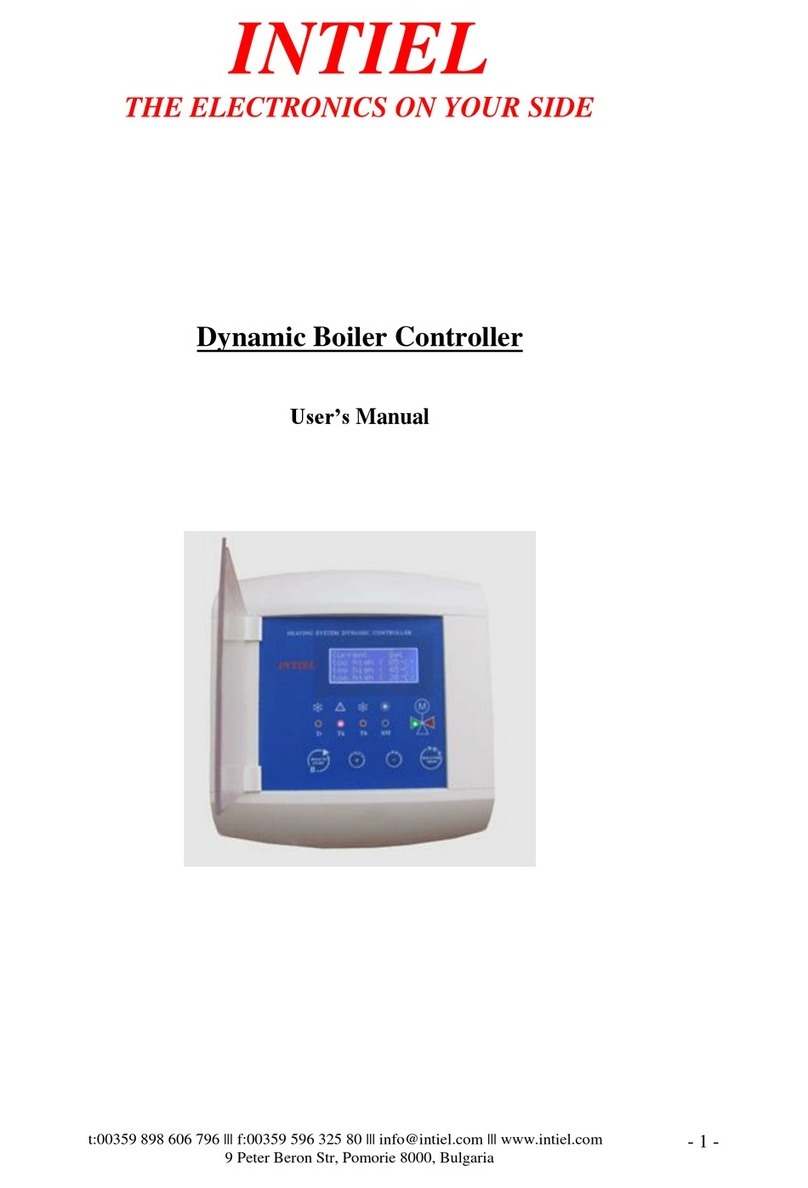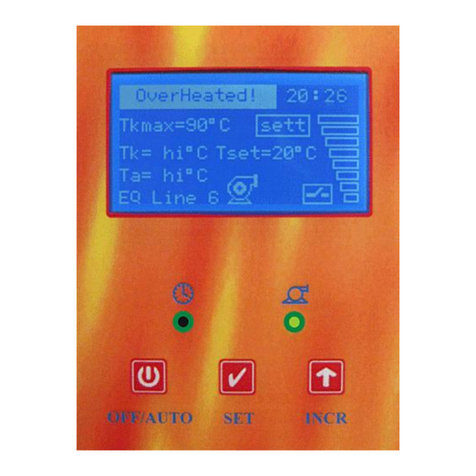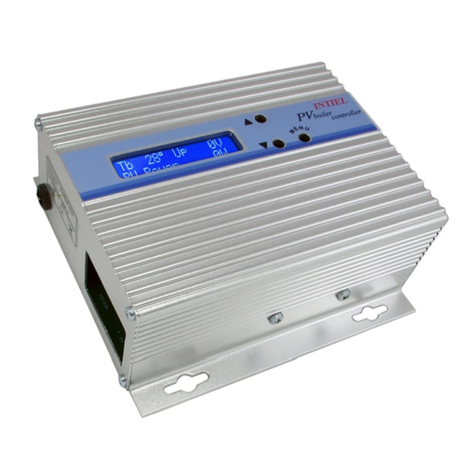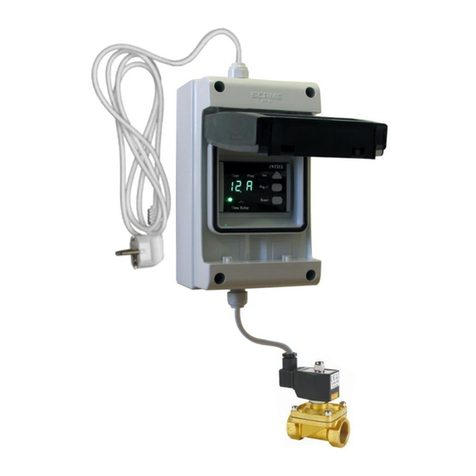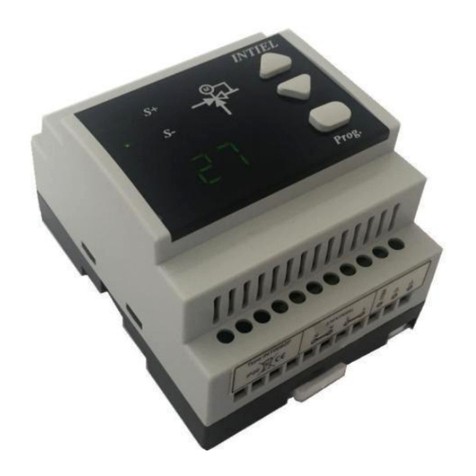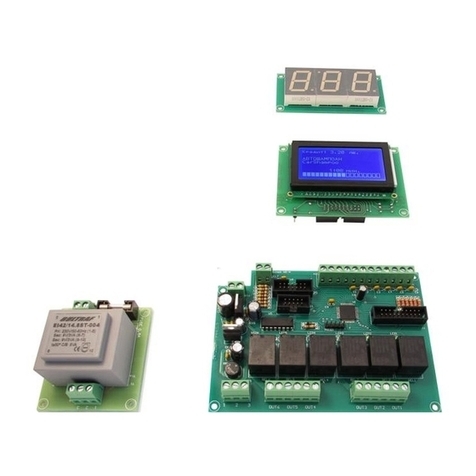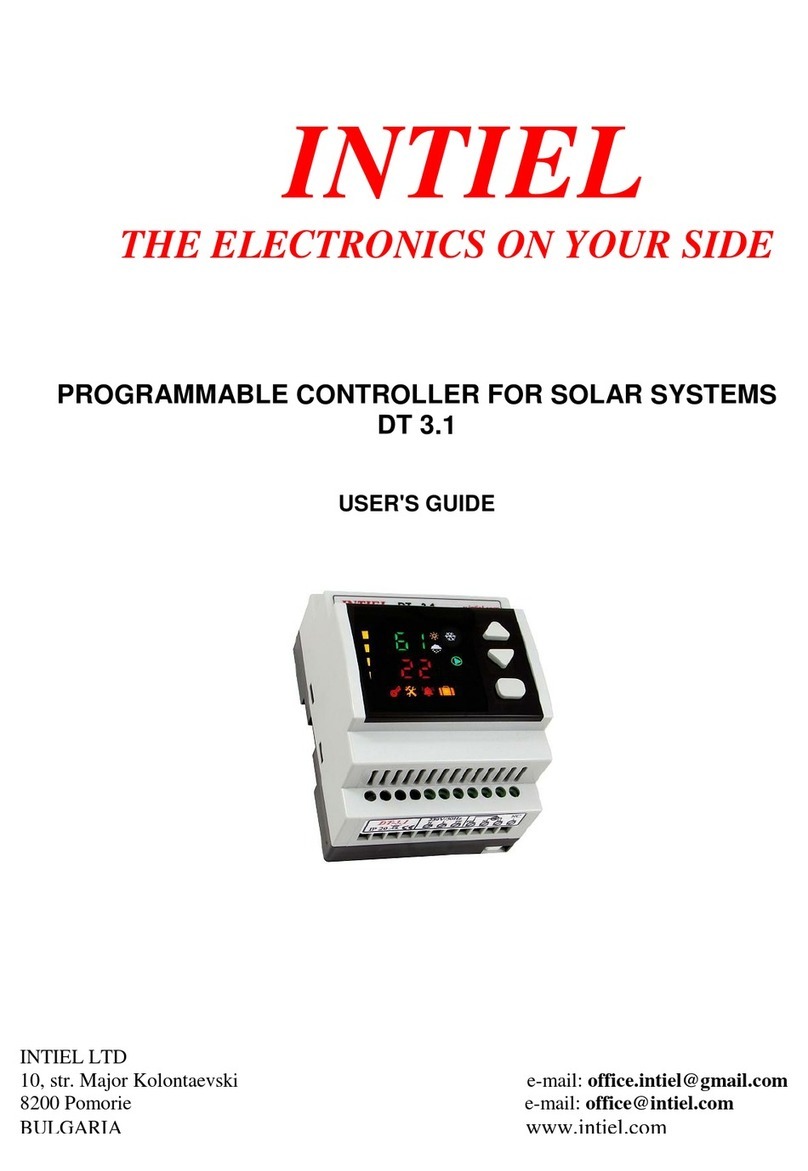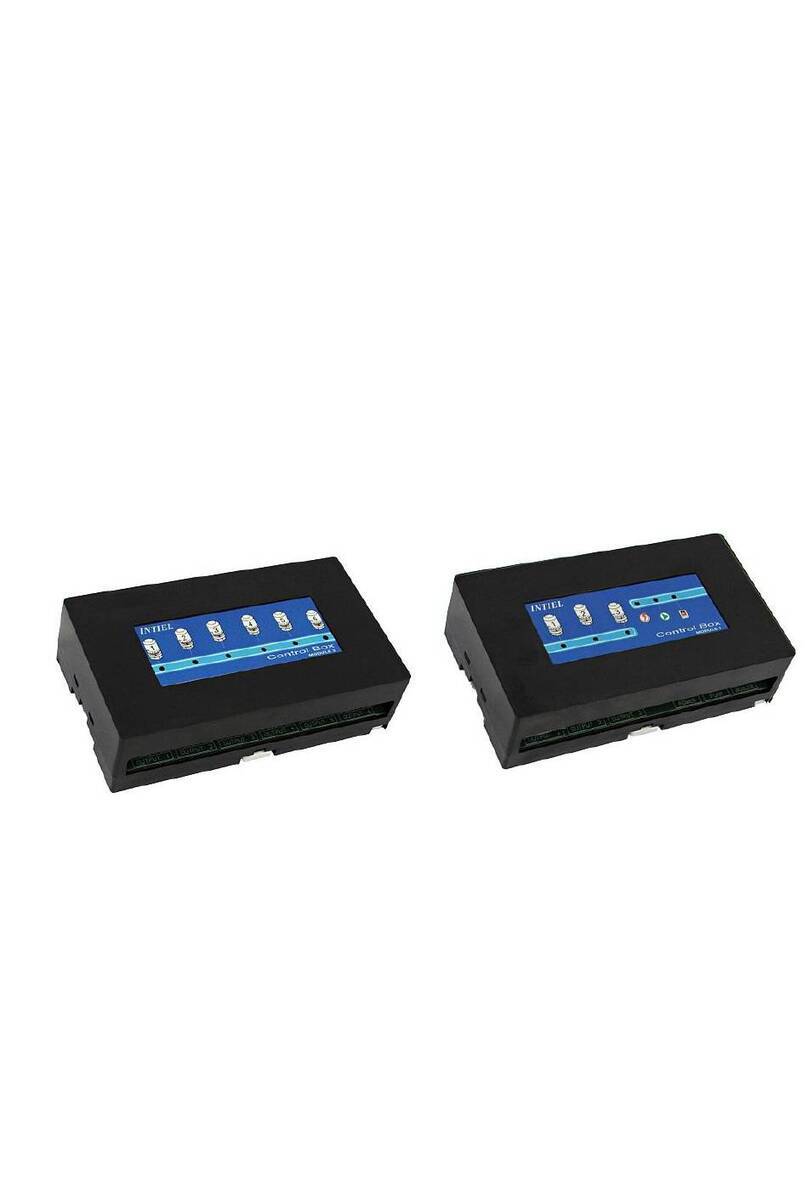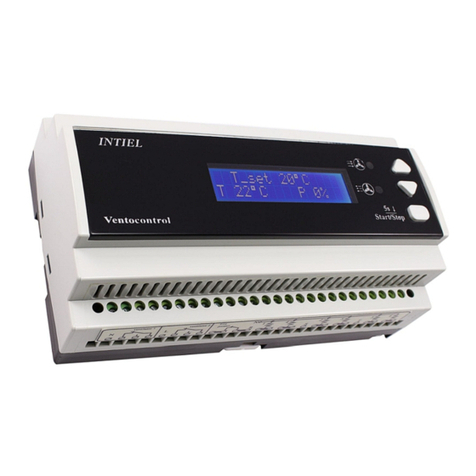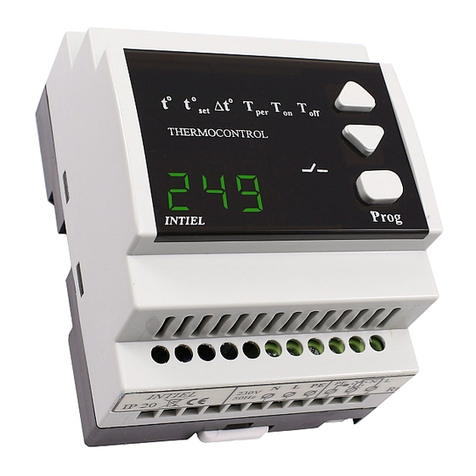
boiler temperature, if no waiting time is set, the pump will start immediately and will
try to cool the boiler to the set temperature.
If a delay time of 5 hours is set, the pump will start to cool the water heater at about
22.00 hours and if no hot water has been used during this time. This way instead of
cooling the boiler immediately, customers will be expected to use hot water.
The setting "- -" is also possible, in this case the cooling function to the set
temperature is switched off;
- Anti-legionella. “Legionella pneumophila”is a bacterium that is a natural inhabitant
of water. The artificial environments in which it can reproduce are systems for
domestic hot water, buffers, water heaters, etc., with poor water quality or misuse.
Consuming such water can cause serious health problems.
The optimal temperature for the bacterium to develop is 38 ° C, at 50 ° C it
stops multiplying and at 70 ° C it is destroyed. The controller's anti-legionella function
monitors the temperature in the boiler and if within 7 days the temperature in the
boiler did not reach 70 ° C, temporarily raises the Tbset and Thset setting to 70 ° C.
Electric heaters are used for this purpose and the time at which the function starts
heating is 23:00 to 05:00.
- Default setting - ON;
- Date. Setting for day, month and year;
- Time. Setting the day of the week, hour and minutes for the clock;
- Week Program. Weekly Programmer function. Works only at selected value 2 for
setting "Heaters ctrl. Type "(see submenu" System Settings "). When activated, it
switches on the electric heaters at the selected time interval until Thset is reached. For
the rest of the time, the heaters can only be switched on if the temperature in the boiler
goes down to values below Tbmin. Default setting - OFF;
- Program. Program number. Up to 7 stand-alone weekly programs can be set up;
- Select days of the week that a weekly program is active:
- None - the weekly program is deactivated;
- All days - the weekly program is active on all days of the week;
- Weekdays - the weekly program is active for days Monday through Friday;
- Weekend weekly program is only active on Saturdays and Sundays;
Monday, Tuesday, Wednsday, Thursday, Friday, Saturday, Sunday - the ability to
choose any day of the week;
- ON. Start the active interval of the weekly program. The heaters will be turned on
until Thset is reached;
- OFF. End of the active interval of the weekly program. Heaters are only allowed at
Tb<Tbmin.
If the switch-on time in the same program coincides with the switch-off time,
switching off takes priority. If the time of inclusion coincides with two (or more)
programs, the assignment for the first one is valid.
For example:
P1 time ON = P1 time OFF - will be valid P1 OFF
P1 time ON = P2 time ON - will be valid P1 ON
